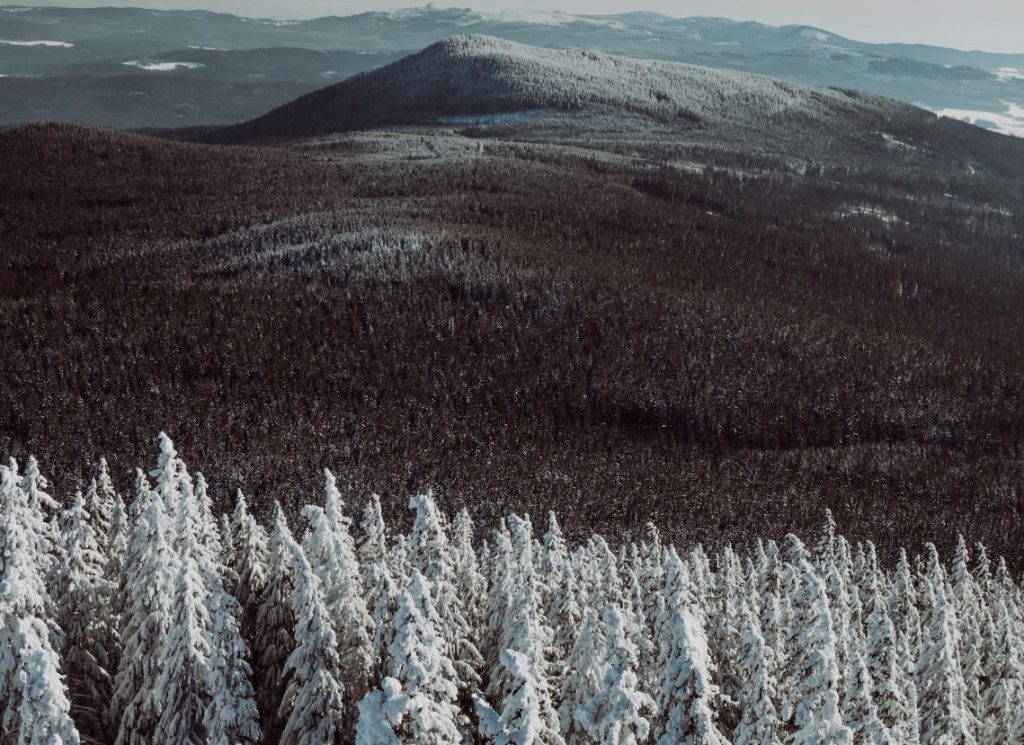Musk Metals expands Lac du Km 35 germanium property, Quebec

Musk Metals Corp. [CSE: MUSK; OTC: EMSKF; FSE: 1I30] has increased by claim staking the recently optioned Lac du Km 35 germanium property, located near the mining town of Chibougamau, Québec. The property is now comprised of 75 claims covering an area of 4,150 hectares (41.5 km2).
The Lac du Km 35 germanium property is approximately 40 km east of the mining town of Chibougamau in the Nord-du-Québec region of Québec and has excellent access through Highway 167 and a main lumber road that transects the whole property from the west to the east as well as a network of secondary roads.
The property is underlain by the volcano-sedimentary sequence of the Roy Group and its metamorphic equivalent, the Laganière gneissic Complex, that host the Lac Doré intrusive Suite which is a mafic to ultramafic stratiform and synvolcanic intrusion, and the later stage Duberger felsic pluton; all these rock units belong to the northeast portion of the Abitibi greenstone belt sub-Province of Archean age. To the west of the Property, rocks were metamorphosed at the greenschist facies where the chlorite mineral is ubiquitous while the eastern portion has reached the amphibolite metamorphism grade.
A prominent structural element is the ductile Faribault Shear Zone (FSZ), oriented east-southeast, and located towards the eastern part of the property. The FSZ dips to the south-southwest and ends to the Grenville Front which extends southwest-northeast for several hundreds of kilometres. The Grenville Front separates the Abitibi greenstone belt from younger Mesoproterozoic rocks and is only a few kilometres to the east of the property. The FSZ is an important feature that could have been joined by other permeable zones at depth as a preferential conduit for hydrothermal fluids.
Discovered by government geologists in 1998 and never followed up, the Laganière germanium showing consists of a peridotite outcrop within the Laganière gneissic Complex that comprises amphibolites and hornblende and biotite gneisses. The Laganière showing returned a value of 0.02% (186 ppm) germanium and is currently the highest germanium value ever reported from an outcrop in the whole Québec.
The Laganière Germanium showing is located right alongside the main lumber road and immediately adjacent to the south to a cluster of electromagnetic anomalies of roughly 400 m x 400 m in size that were never tested. The Laganière germanium showing is also 450 metres northeast of the FSZ, 800 metres from the southern margin of the Duberger felsic pluton and approximately 2 km to the west of the Grenville Front. Apart from regional mapping and sampling of government geologists, the Laganière Germanium showing area remains vastly underexplored and overlooked, and constitutes the prime focus for Musk.
Recent exploration work performed in 2024, consisting of prospecting and sampling, allowed to collect 39 outcrop samples. Values up to 0.27% nickel, 0.04% cobalt, 0.24% copper and 0.21 g/t Au were obtained from these samples. The highest zinc value is 0.07% and only 3 samples had overall zinc values over 0.05%. Due to the digestion method selected, germanium values were deemed not reliable.
Mario Pezzente, CEO, commented, “Germanium spot prices have traded as high as US$4,000 per kg last month, reflecting a 44% increase over the past 12 months. As the global supply faces unprecedented challenges due to geopolitical dynamics, the strategic importance of this critical metal is clearer than ever. With demand outpacing supply and prices on an upward trajectory, now is the time to position ourselves in the germanium market.”
Germanium is in the list of critical metals in Canada, the United States and the European Union. Since December 3, 2024, China, the largest producer of refined germanium, has banned germanium exports to the United States. Challenge will be securing new or alternative supplies of germanium. Germanium is not an openly traded commodity and recent spot prices have germanium over US$4,000 per kilogram.
Last November 2024, Musk conducted geological mapping and outcrop sampling at its 100%-owned Fafnir Lake property, located north of the town of Mont-Laurier in the Upper Laurentide region of Québec. A total of 46 rock samples were collected and sent to ALS Global laboratory in Val-D’Or, Québec for assays.
Best results were from samples BM-24-12 which returned 0.14% total rare earth oxides (TREO) and 100 ppm copper and BM-24-46 which yielded 53 ppm molybdenum, and 125 ppm lead. All samples returned low levels of uranium, below 100 ppm. These two samples were located on the western edge of the prospecting grid.
Musk was unable to locate previous uranium showings and, from a reference point on the field, it appears that there is a discrepancy of roughly 250 metres that would have shifted the actual position of these showings to the west just outside the November 2024 sampling area. Musk intends to extend that sampling grid at least 500 metres to the west and carry out additional prospecting and outcrop sampling in the upcoming field season to determine the exact position of these showings.
The company and the vendor have mutually agreed to amend the Pontax South purchase agreement dated June 26, 2023 to extend the cash payment of $50,000 from December 26, 2024 to July 26, 2025.
The company’s properties are in the Chapais-Chibougamau, Abitibi, Upper Laurentides, Temiscamingue and James Bay regions of Quebec, and the Golden Triangle district of British Columbia.
